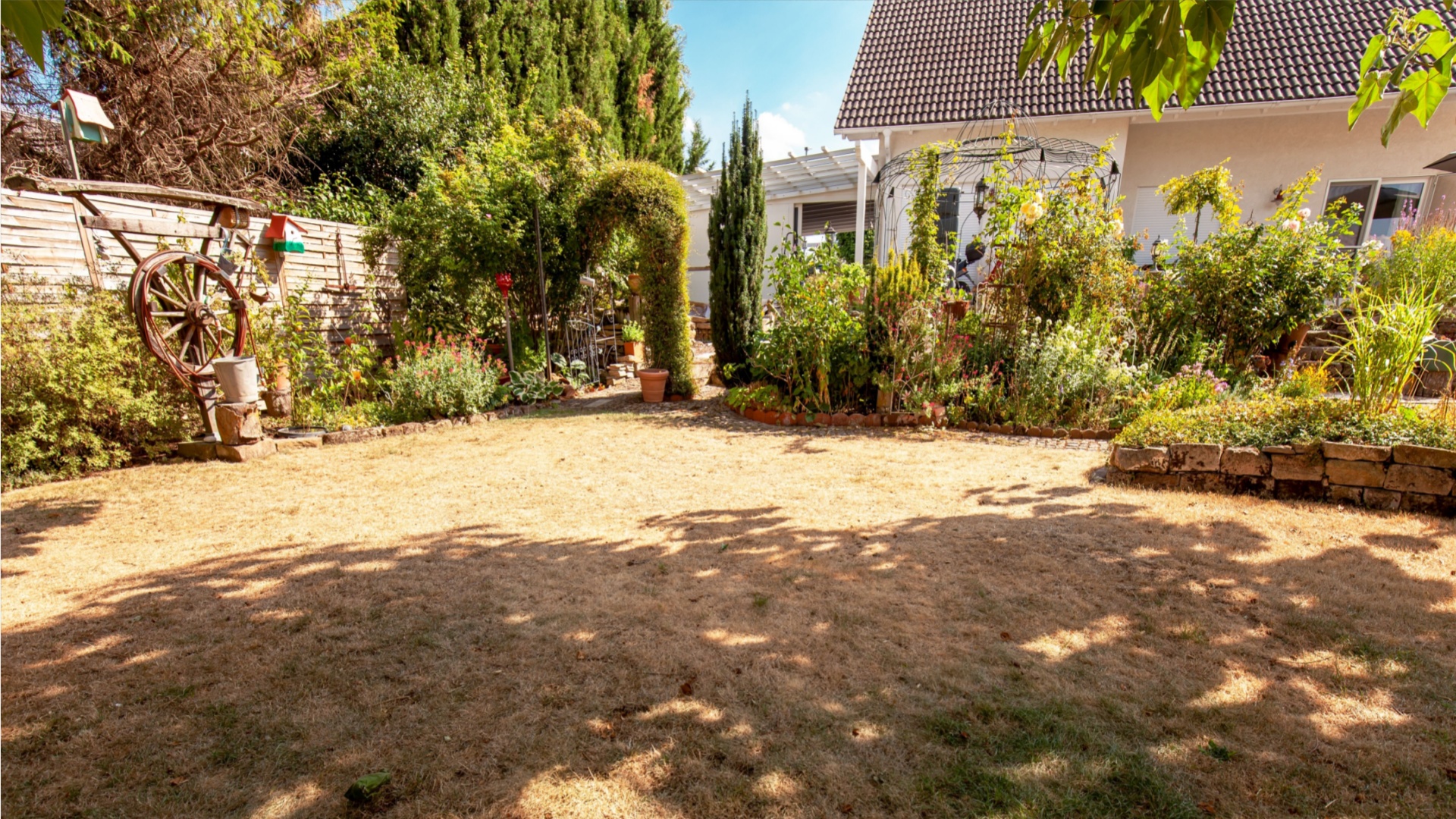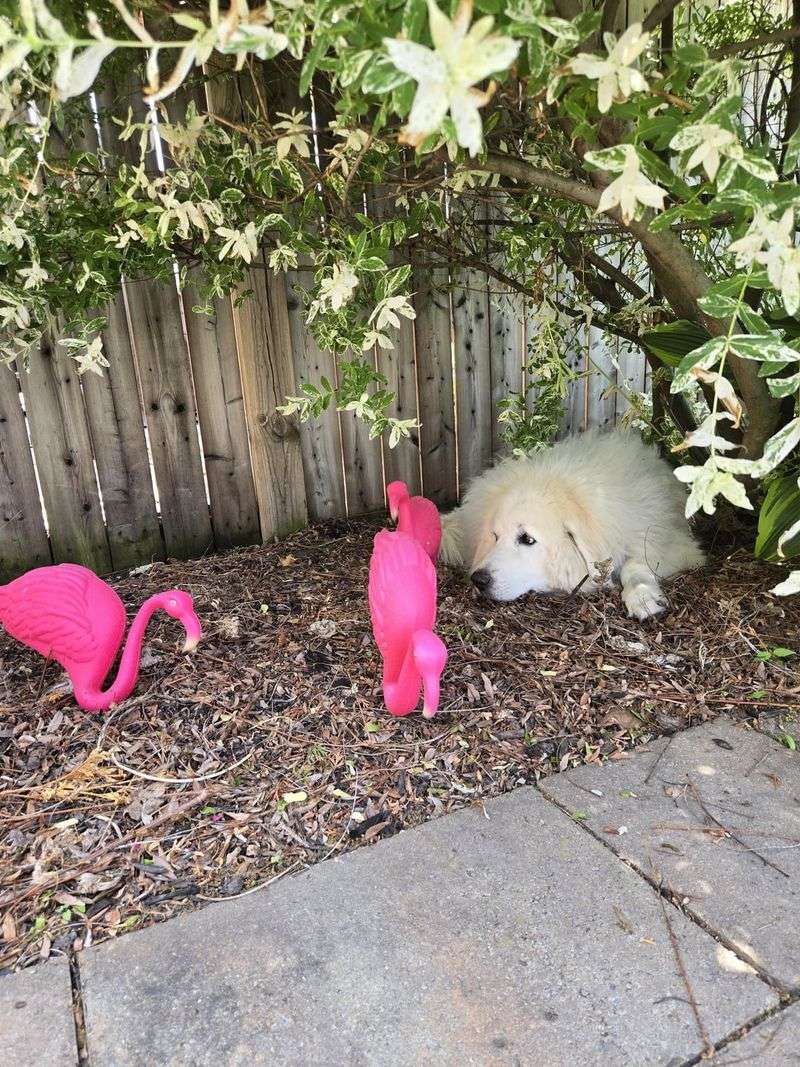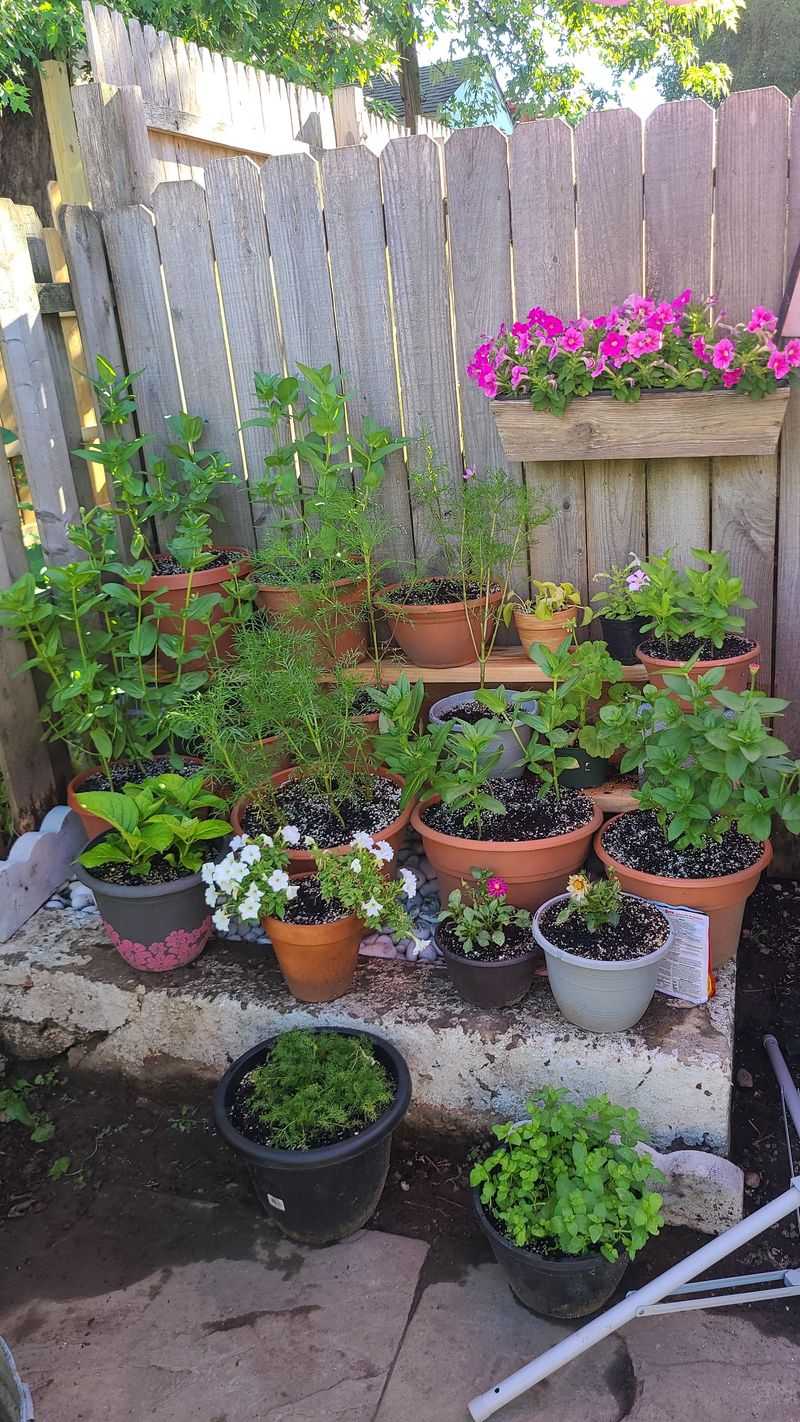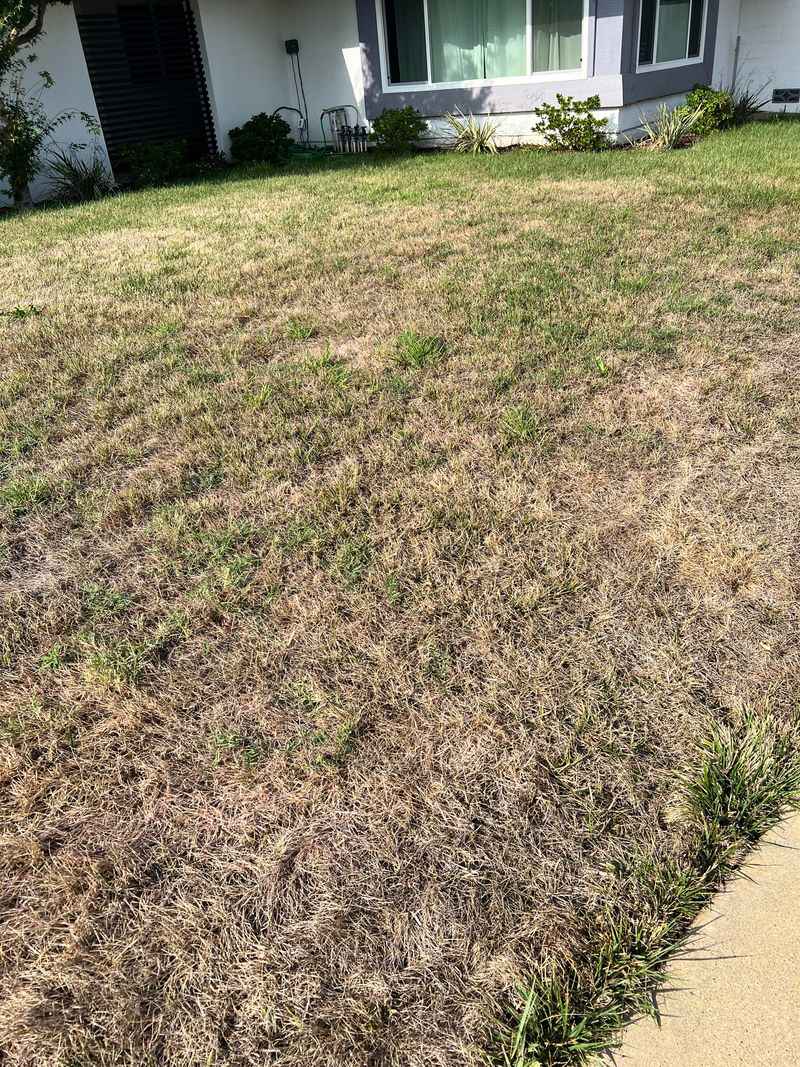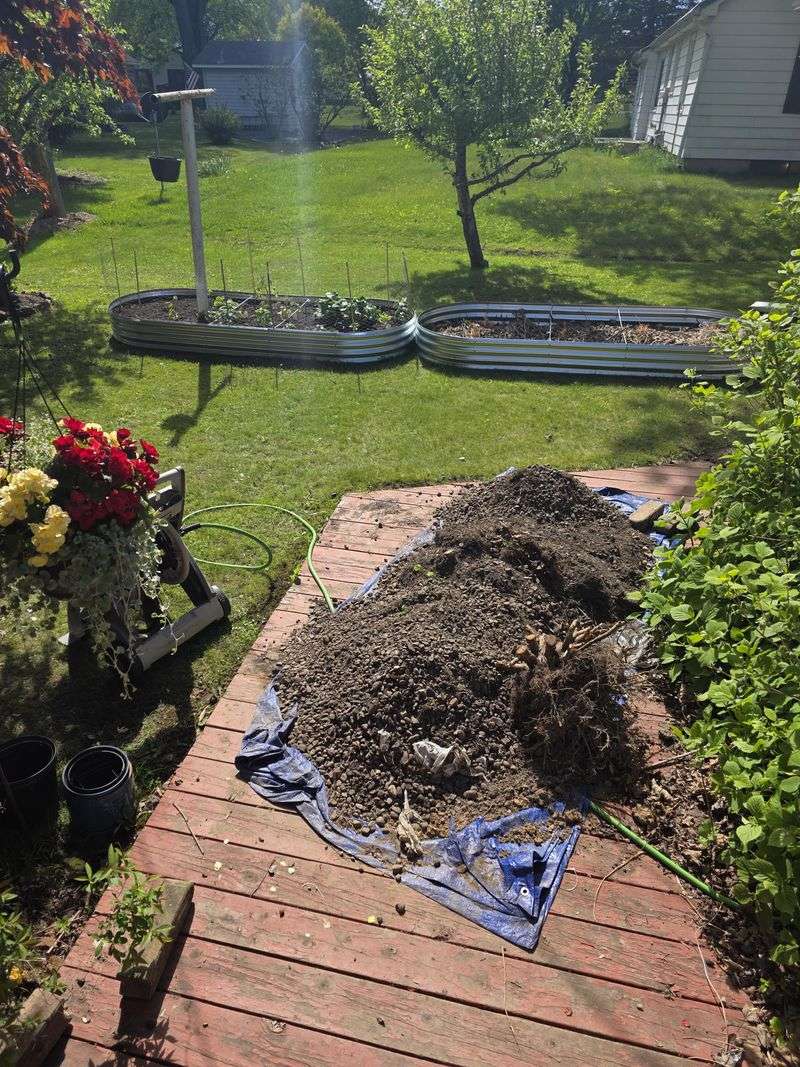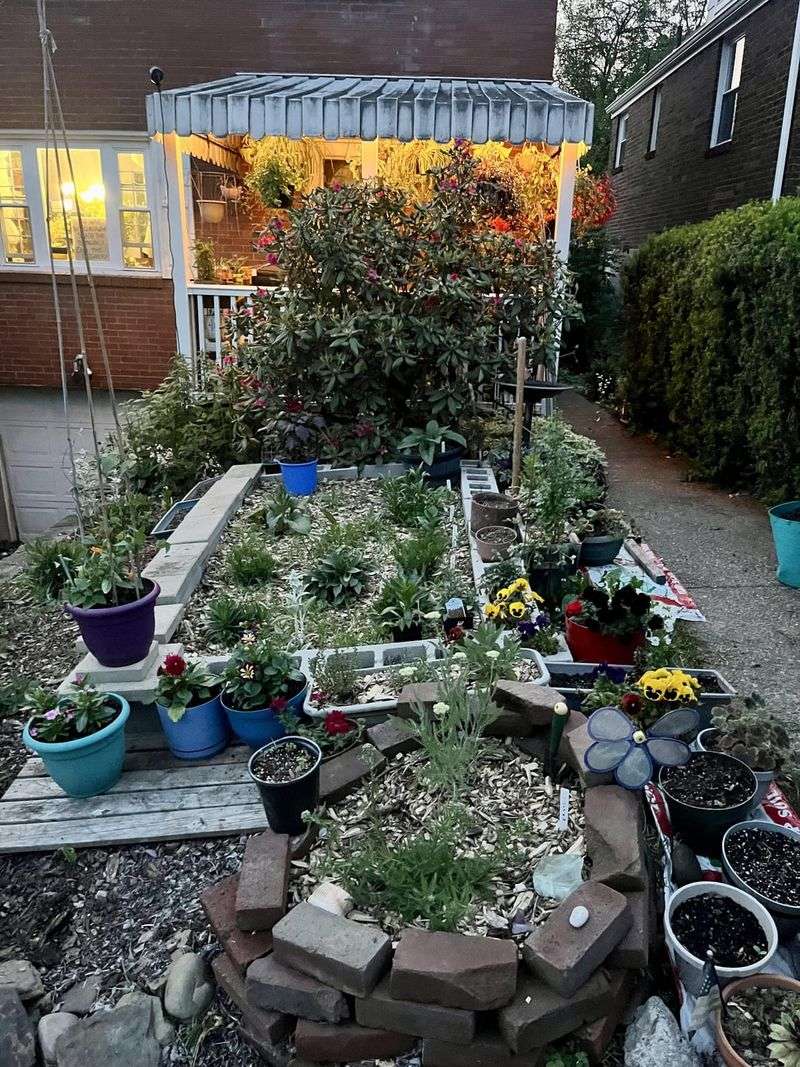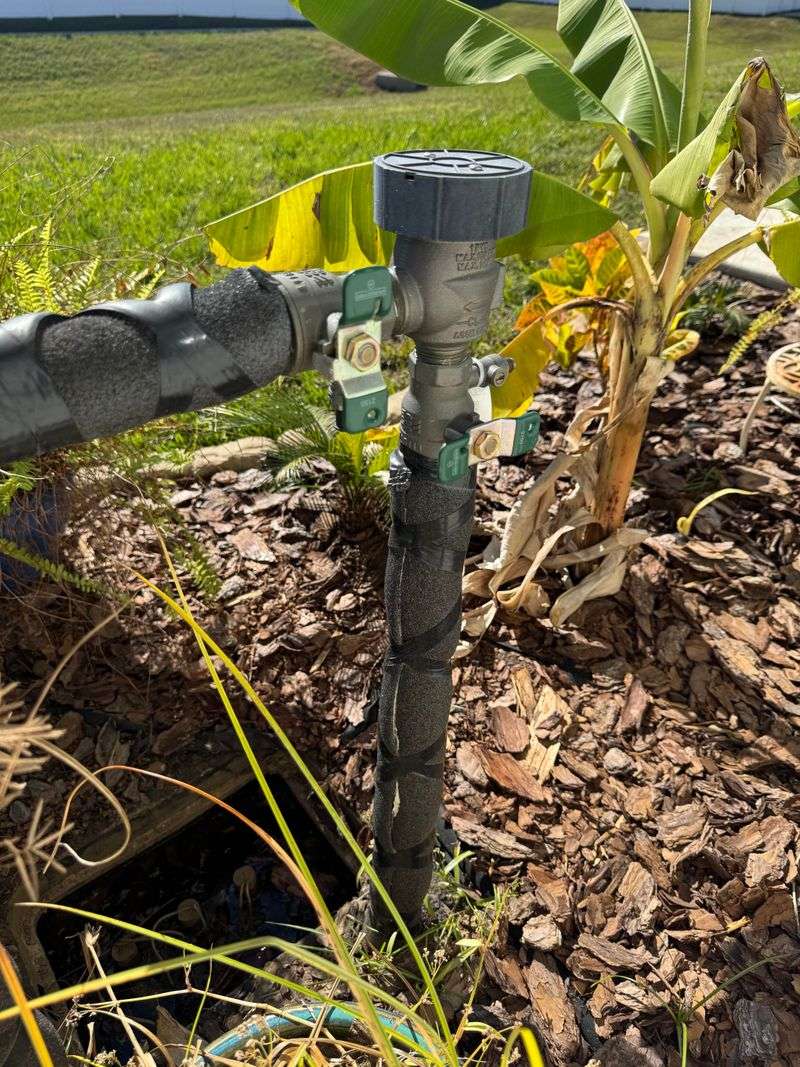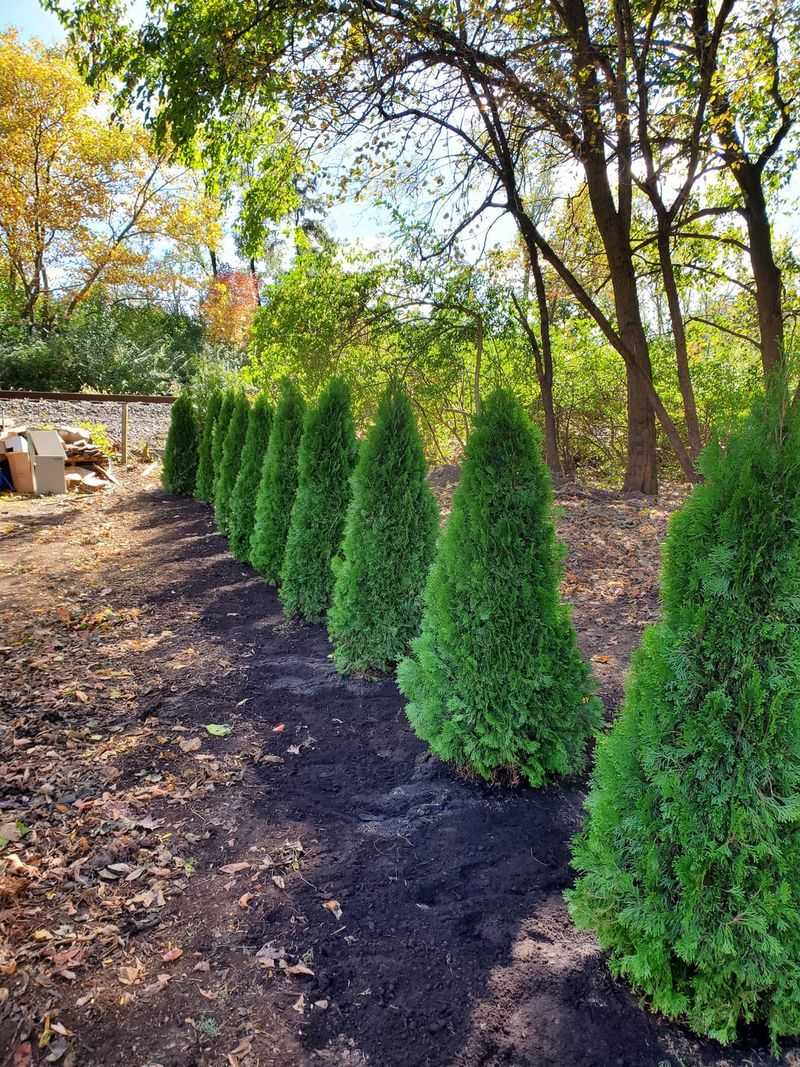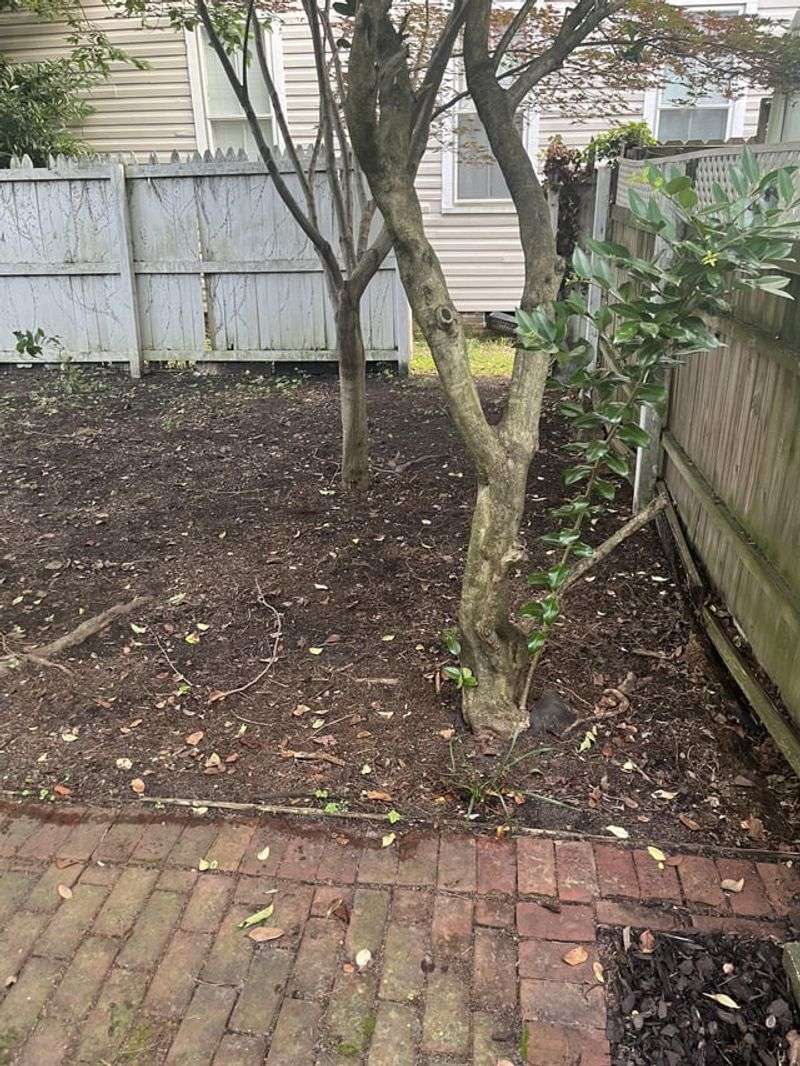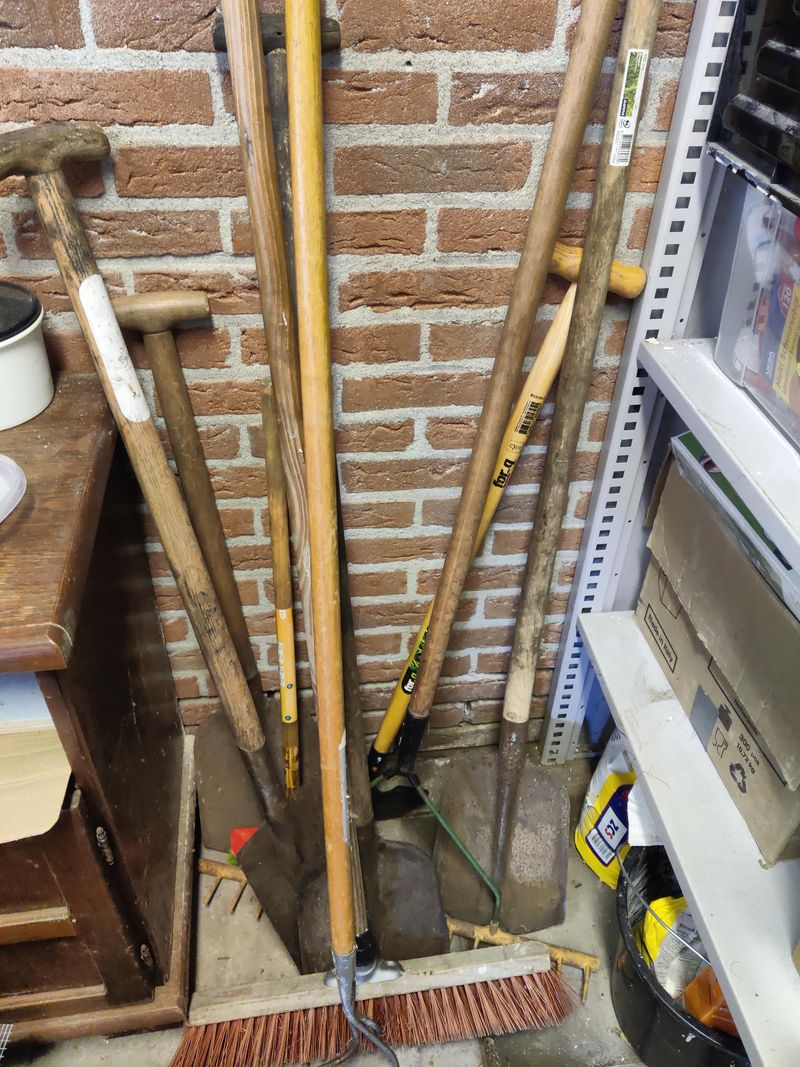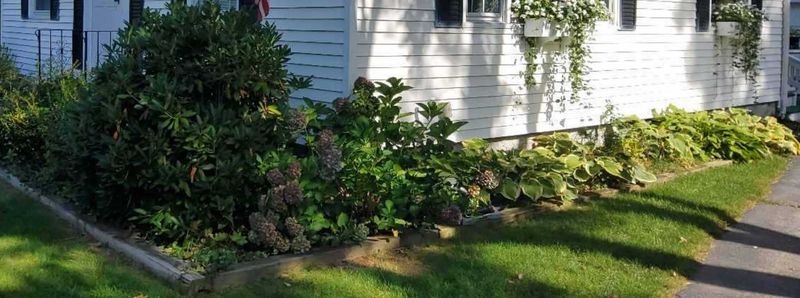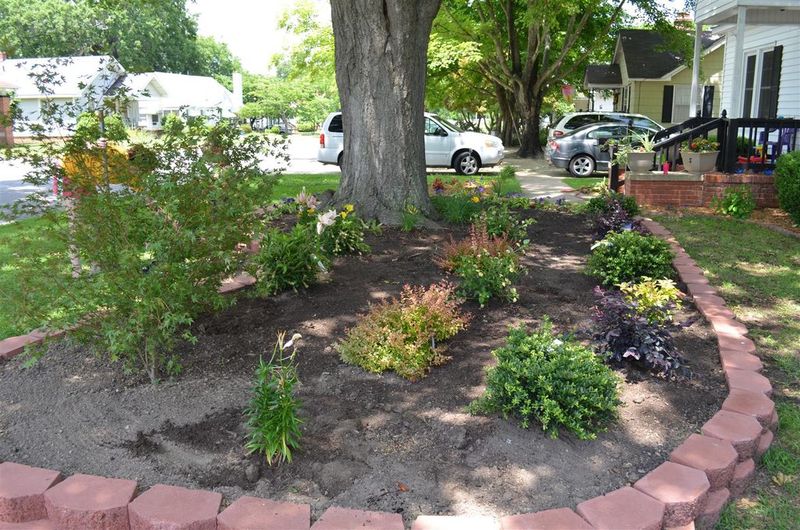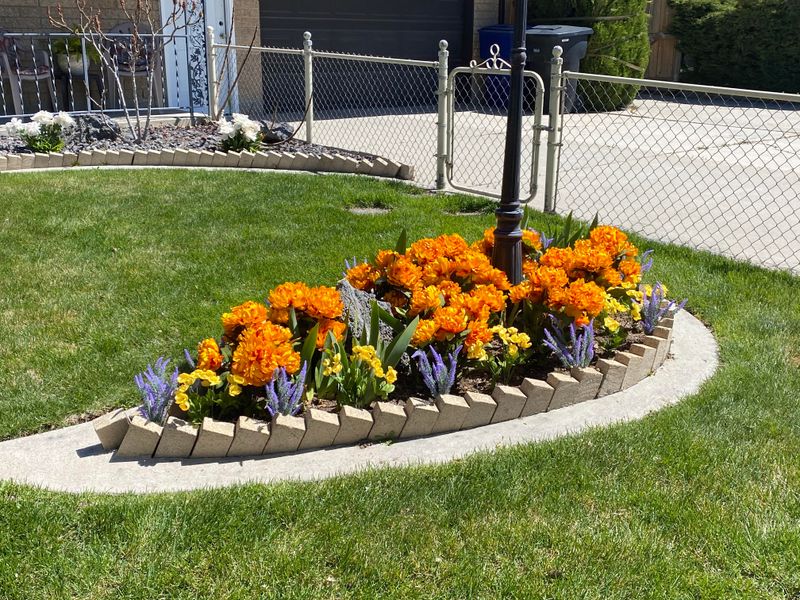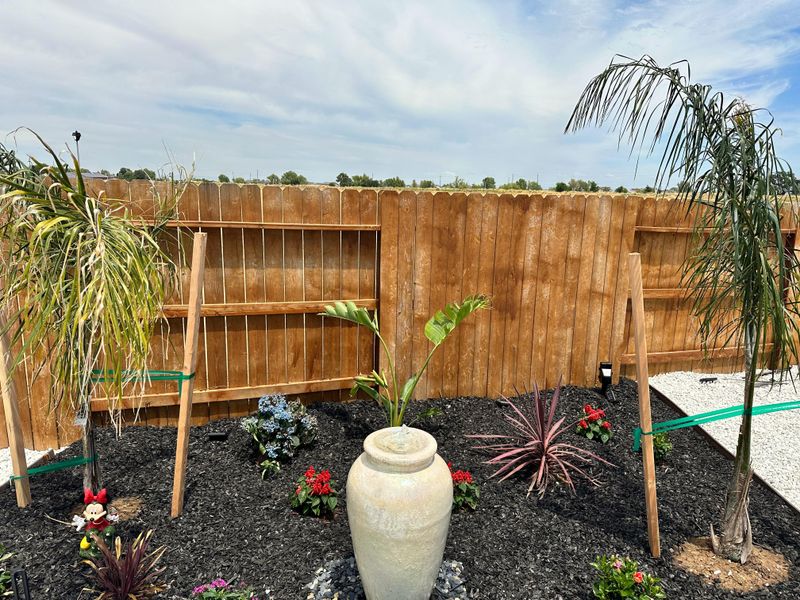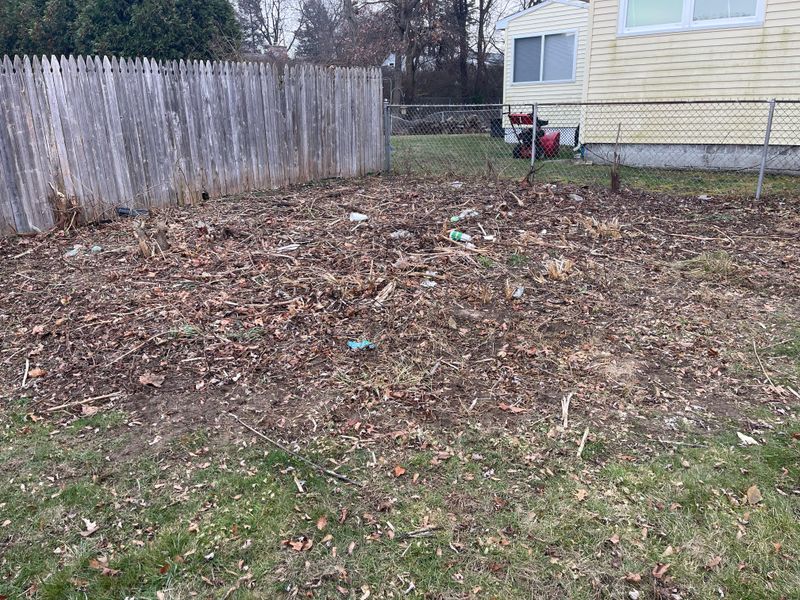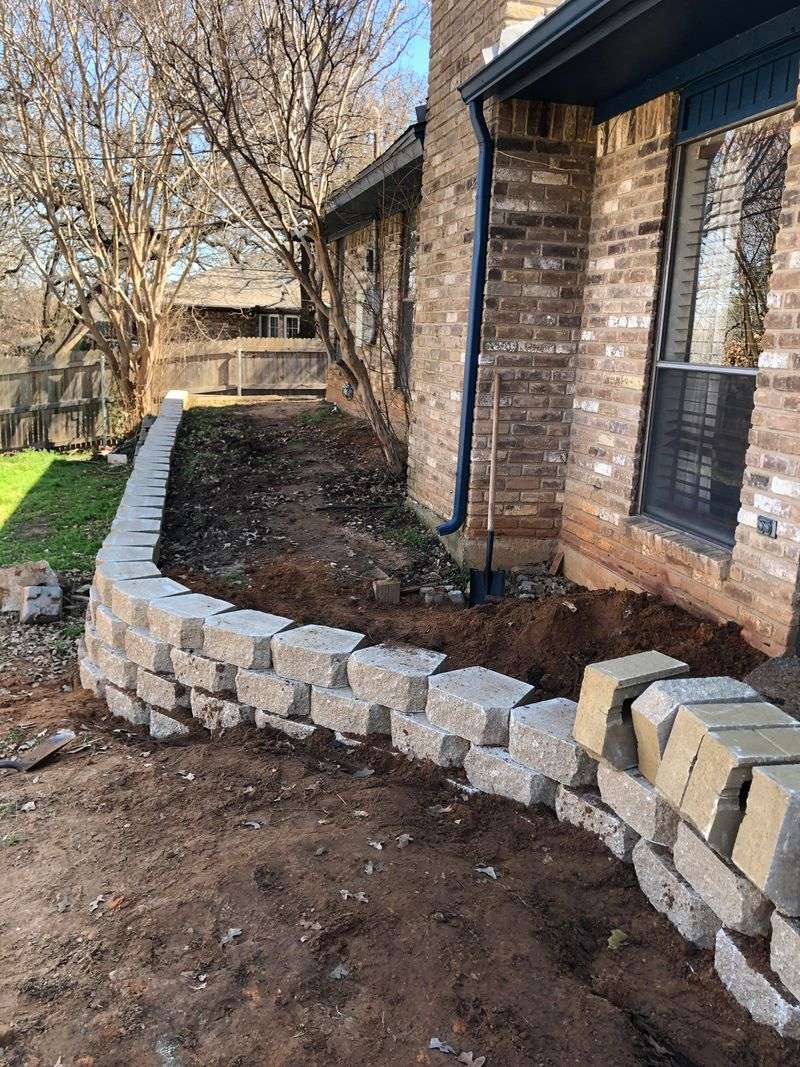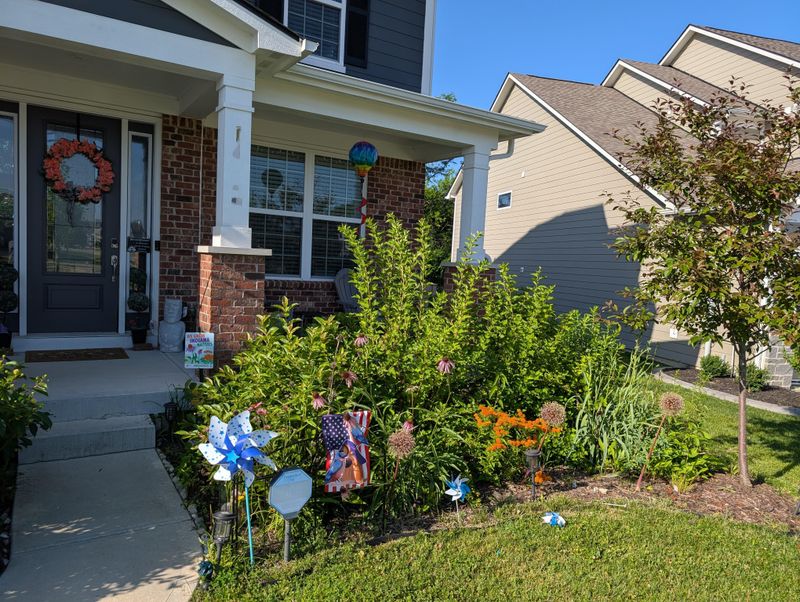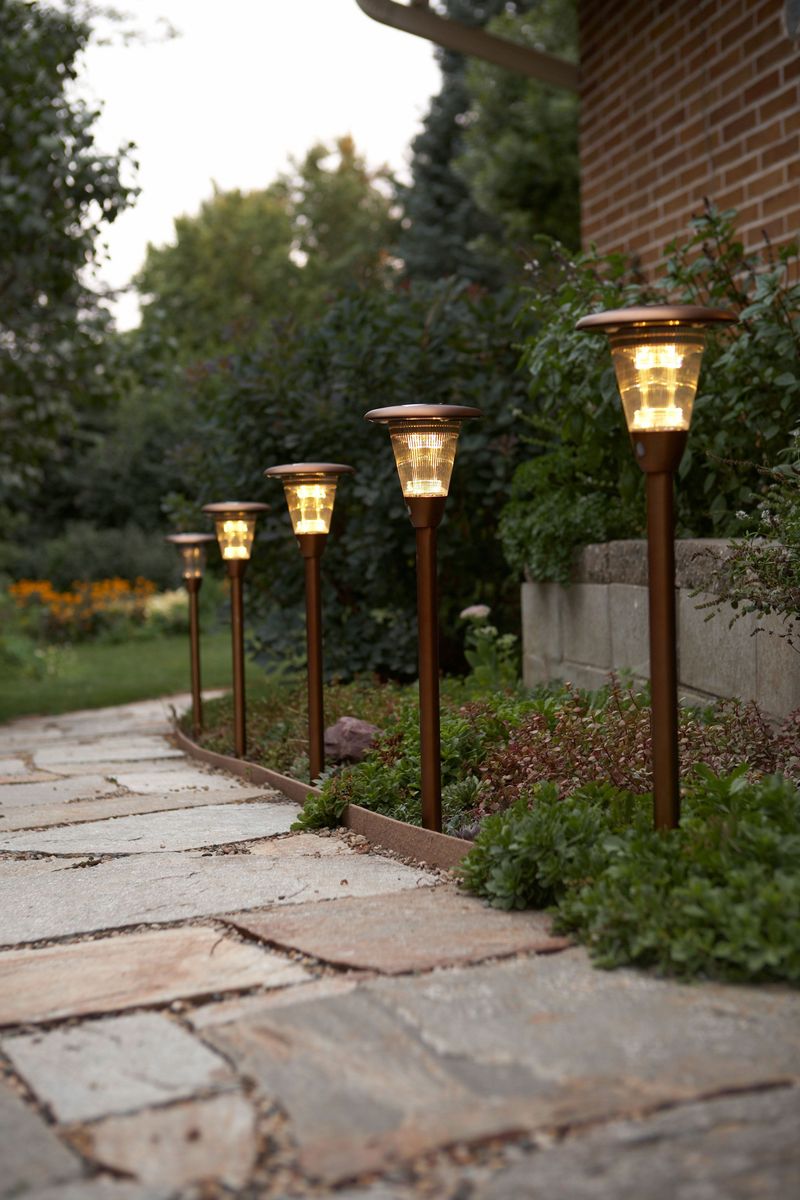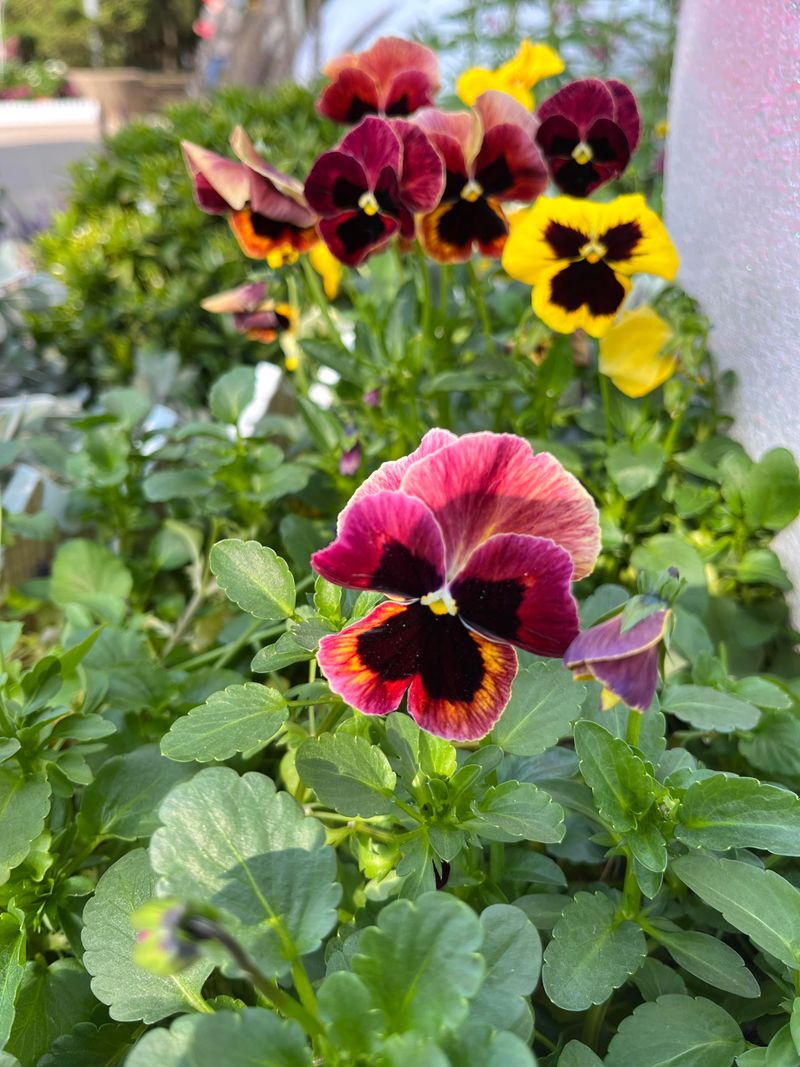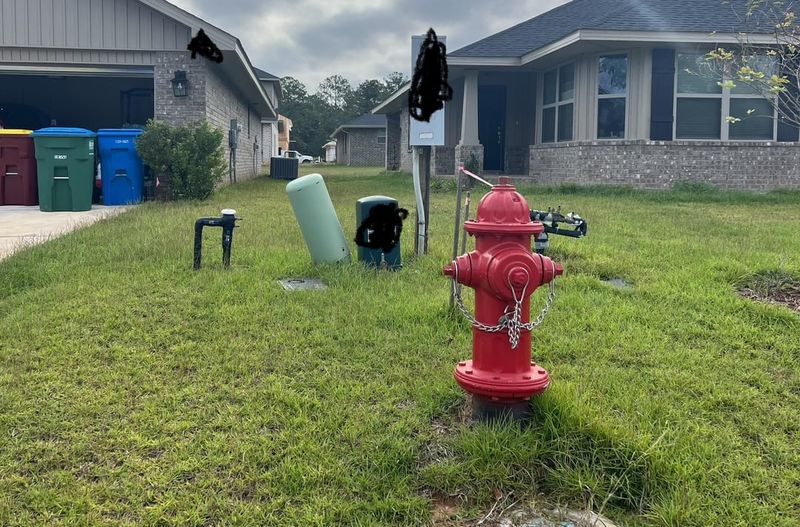You never get a second chance to make a first impression—and your yard is the welcome mat to your home. But if it’s riddled with eyesores, overgrown beds, or plastic pitfalls, it might be sending the wrong message.
We asked pro landscapers to spill the dirt on the most common outdoor blunders that cheapen curb appeal faster than you can say “garden gnome.” From grass that’s gone to seed to lighting that misses the mark, here’s what’s making your yard fall flat—and how to turn over a new leaf.
1. Plastic Flamingos and Gnome Armies
Nothing screams “tacky” faster than an army of garden gnomes or a flock of plastic flamingos scattered across your lawn. One or two quirky decorations can add personality, but overdoing it creates visual chaos.
Professional landscapers recommend choosing a few high-quality statement pieces instead. Select decorations that complement your home’s architecture and the natural elements in your garden for a cohesive look that speaks of thoughtful design rather than yard sale leftovers.
2. Mismatched Plastic Planters
Random plastic containers in clashing colors make your garden look like an afterthought. That faded blue bucket holding your petunias? It’s dragging down your yard’s aesthetic value instantly. Invest in coordinated containers made from natural materials like terracotta, ceramic, or stone.
Group similar styles together and choose sizes that complement your plants. Even inexpensive pots look sophisticated when they share a consistent color palette or material, creating a planned rather than piecemeal appearance.
3. Dying Brown Lawns
A patchy, brown lawn signals neglect to anyone passing by. Dead grass becomes a neighborhood eyesore faster than almost any other landscaping issue. The fix doesn’t necessarily mean installing an expensive irrigation system.
Consider drought-resistant grass varieties appropriate for your climate, or explore alternatives like clover that require less water. Even simple actions like proper mowing height (keeping grass longer during hot months) and seasonal fertilizing can transform a crispy lawn into a lush carpet.
4. Weed-Filled Flower Beds
Weeds poking through your carefully planned garden beds immediately diminish your landscaping efforts. They compete with your intentional plants for nutrients while creating a messy, unkempt appearance. Prevention works better than constant pulling. Apply a 2-3 inch layer of mulch to suppress weed growth while retaining soil moisture.
Consider installing landscape fabric beneath decorative rocks or mulch in problem areas. Regular maintenance sessions of just 15 minutes weekly will prevent small weed problems from becoming overwhelming garden disasters.
5. Haphazard Plant Placement
Random plant placement without considering mature sizes leads to overcrowded, chaotic gardens. Those cute little shrubs from the garden center grow up fast! Professional landscapers always plan with full-grown dimensions in mind. Place taller plants toward the back of beds with progressively shorter varieties in front.
Group plants with similar water and sunlight needs together. Consider bloom times too—aim for continuous color throughout growing seasons rather than a single spectacular week followed by months of green monotony.
6. Visible Irrigation Systems
Exposed sprinkler heads and irrigation pipes create an industrial look that breaks the natural flow of your landscape. Those black tubes snaking across flower beds instantly cheapen the appearance of even the most expensive plants. Opt for drip irrigation systems that can be hidden under mulch or buried just below the surface.
For necessary above-ground components, choose options in earth tones that blend with surroundings. Consider smart controllers that prevent wasteful watering during rainy periods, adding both sophistication and environmental responsibility to your garden.
7. Straight-Line Planting
Lining up plants like soldiers at attention creates an unnatural, rigid appearance that lacks the organic flow found in nature. This military-precision approach feels institutional rather than inviting. Embrace curved borders and groupings of odd-numbered plants (3, 5, or 7) for a more natural look.
Professional landscapers often plant in triangular or diamond patterns rather than rows. This approach creates depth and interest while mimicking how plants grow in natural settings, making your yard feel like a cohesive ecosystem rather than a plant warehouse.
8. Neglected Pathways and Edges
Crumbling walkways with grass growing through cracks and blurry boundaries between lawn and garden beds create an impression of abandonment. These transitional spaces define your landscape’s structure. Invest in proper edging materials like steel, stone, or brick to create clean lines between different areas. Regularly trim along pathways and edges for definition.
Consider refreshing gravel paths annually or power-washing concrete walkways to remove stains. These small maintenance tasks dramatically improve your yard’s overall appearance by emphasizing intentional design rather than accidental growth.
9. Scattered Yard Tools
Garden hoses sprawled across lawns, rakes leaning against trees, and scattered hand tools instantly transform your yard from relaxing retreat to active work zone. This common mistake signals disorganization to visitors. Create designated storage solutions that complement your outdoor aesthetic. A decorative pot can hold hand tools near garden beds.
Wall-mounted hose reels keep watering equipment tidy while preventing dangerous tripping hazards. Even simple hooks installed on fence sections can elevate your yard’s appearance by keeping necessary tools accessible but organized.
10. Overgrown Shrubs Blocking Windows
Foundation plantings that swallow windows create a neglected, abandoned appearance while blocking natural light from entering your home. Those cute little bushes planted years ago have now become light-blocking monsters! Choose slow-growing varieties appropriate for the space or commit to regular pruning.
Position plants at least half their mature width away from structures. Consider the mature height in relation to windows—ideally, shrubs should peak below windowsills or be maintained at that height through seasonal pruning to maintain your home’s architectural features rather than hiding them.
11. Scattered Mulch Islands Around Trees
Those small circular mulch rings around isolated trees in the middle of lawns create a disconnected, polka-dot effect across your yard. They interrupt the flow of green space while making mowing more difficult. Instead, connect trees into larger, flowing garden beds with graceful curves.
Add complementary understory plants like ferns, hostas, or flowering perennials appropriate to the light conditions. This approach creates cohesive landscaping that feels intentionally designed rather than accidentally accumulated, while also protecting tree trunks from damaging lawnmower strikes.
12. Fake Plastic Plants
Artificial flowers and plants that never die might seem convenient, but they quickly fade, collect dust, and fool absolutely no one. Sun exposure degrades plastic quickly, leaving you with discolored, brittle decorations. If maintenance concerns are driving you toward fake greenery, consider low-maintenance alternatives like succulents, ornamental grasses, or native plants adapted to your local conditions.
These require minimal care while providing authentic beauty, seasonal change, and environmental benefits like supporting pollinators and birds—something no plastic plant can offer.
13. Improperly Scaled Features
Tiny water features that resemble puddles or massive fountains that overwhelm small yards create visual imbalance. Scale mistakes make your landscape feel awkward and poorly planned. Follow the one-third rule when designing features: ideally, decorative elements should occupy about one-third the size of the space they’re placed in.
Consider your viewing distance too—features seen from the street need larger proportions than those viewed from nearby seating areas. Proper scaling creates harmony between your home’s architecture and the surrounding landscape.
14. Neglected Seasonal Cleanup
Last autumn’s dead leaves still lingering in spring, spent flower stalks from summer crowding fall gardens, and holiday decorations in February all signal neglect. Seasonal debris makes even well-designed landscapes look abandoned. Create a simple maintenance calendar with basic seasonal tasks.
Spring cleaning should remove winter debris, summer maintenance focuses on deadheading and pruning, fall requires leaf management, and winter needs protection for sensitive plants. Just a few hours of attention during transitional periods prevents the cumulative effect of seasonal neglect from diminishing your yard’s appeal.
15. Mismatched Hardscaping Materials
Mixing concrete, brick, wood, and stone without a cohesive plan creates a disjointed, patchwork appearance. Your walkway, patio, retaining walls, and garden borders should speak the same design language. Limit your hardscape palette to 2-3 complementary materials that coordinate with your home’s exterior.
If you must mix materials due to budget constraints, use one dominant material (around 70%) with others as accents. Connecting different areas with repeated elements like similar-colored mulch or consistent plant selections helps blend necessary material transitions.
16. Excessive Lawn Ornaments
Collections of concrete animals, spinning pinwheels, and reflective gazing balls create visual clutter that distracts from your plants and hardscaping. What starts as a single charming addition often multiplies into chaotic display. Exercise restraint with decorative elements by selecting a few quality pieces that serve as focal points.
Consider the viewing angles and sightlines from key positions like your front door, patio, or picture windows. Rotate seasonal decorations rather than displaying everything simultaneously. This curated approach creates intentional visual interest without the carnival atmosphere.
17. Poor Lighting Choices
Harsh floodlights that create prison-yard illumination or cheap solar lights that barely glow make your yard look uninviting after dark. Lighting is often an afterthought but dramatically impacts evening curb appeal. Invest in quality fixtures with appropriate brightness levels for their purpose.
Path lights should gently guide, not blindingly direct. Uplighting on architectural features or specimen plants creates drama. Consider warm-toned bulbs (2700-3000K) that enhance landscape colors rather than cool white lights that create an institutional feel.
18. Single-Season Planting Schemes
Gardens that look spectacular for three weeks then sit barren the rest of the year create a fleeting moment of beauty followed by months of disappointment. This short-sighted approach fails to maximize your landscape’s potential.
Plan for year-round interest by combining plants with different peak seasons. Include spring bulbs, summer perennials, fall foliage plants, and winter evergreens with interesting bark or structure.
Even dormant seasons can feature architectural elements like ornamental grasses, berry-producing shrubs, or plants with interesting seed heads that provide visual interest while supporting wildlife.
19. Ignoring Native Plants
Struggling to grow demanding exotic species while ignoring well-adapted native plants leads to constant maintenance battles and poor results. Those magazine-perfect English cottage gardens often fail miserably in hot, dry climates. Embrace your region’s natural beauty by incorporating native species that thrive with minimal intervention.
They typically require less water, fertilizer, and pest control while supporting local wildlife. Mix natives with well-adapted non-natives for a landscape that looks intentional rather than neglected, creating a sustainable garden that improves with age instead of declining.
20. Visible Utility Areas
Exposed trash cans, air conditioning units, and utility meters create eyesores that distract from your landscaping efforts. These necessary but unattractive elements break the illusion of your outdoor sanctuary.
Create attractive screening solutions that complement your overall design. Wooden enclosures, lattice panels with climbing vines, or strategic evergreen plantings can conceal utility areas while adding texture and interest.
Even simple solutions like decorative fencing or tall ornamental grasses can transform functional eyesores into design opportunities that enhance rather than detract from your landscape’s appeal.

